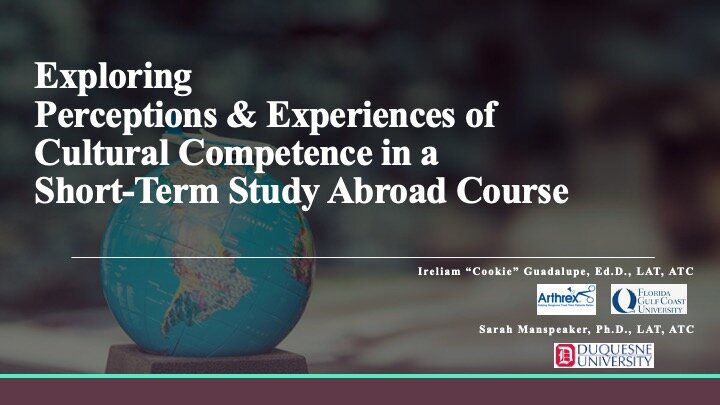Laura Barrow (Jacksonville State University); Serena Gramling (Jacksonville State University)
The diversity is today's general population produces students who present to healthcare programs with value systems differing from their predecessors. Those values may include issues such as religious preferences, ethnicity, and sexual orientation. Faculty are often limited in their understanding of the diverse background of their student population and that diversity’s influence on how students view the world. The challenge for faculty to help these students grow in their ability to develop a moral guide based on the ethical principles of healthcare providers, insteadof outside forces, is larger than ever. It is essential for educators to acknowledge and address this issue in a proactive manner in order to meet the demands of the future.This is an educational model that can be adopted by institutions of higher learning in order to promote inclusion and positive student outcome. This will result in providers who are more capable of caring for the current population. This discussion addresses only a few of the marginalized groups within the population and expresses the need for inclusion and celebration of those groups. It will provide readers with an understanding of evolving faculty requirements.
Download PowerPoint slides here and view the recording below.





